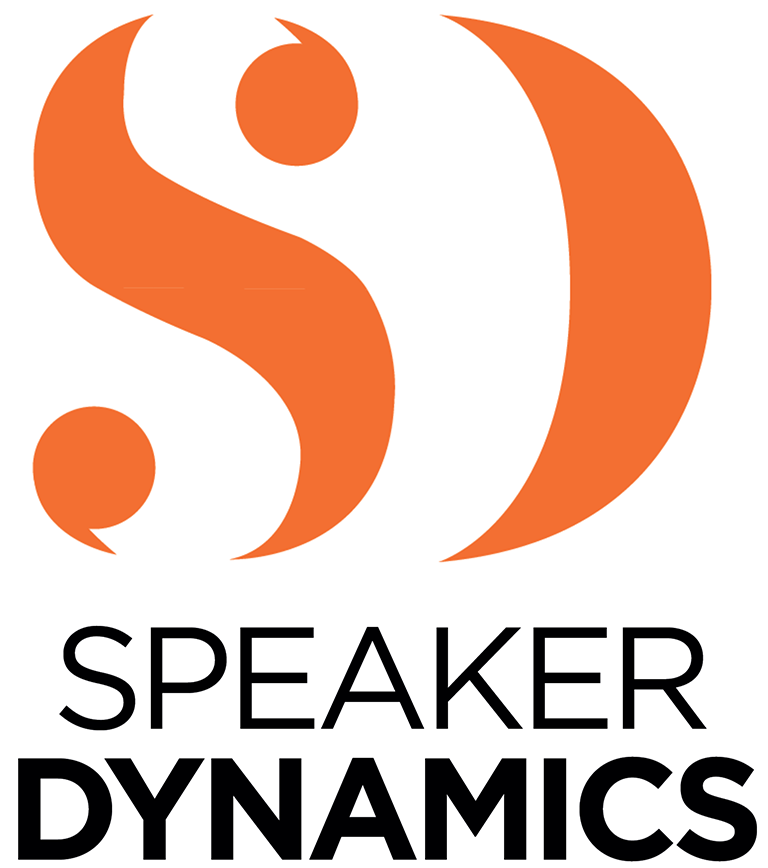One of the ways . . . uh . . . we try to fill the . . . uh . . . silence when we speak on-camera is through . . . um . . . filler words. So . . .
Does this sound like you? Perhaps not all the time, but maybe when you haven’t prepared as much for an unscripted presentation as you should have and are realizing that fact in real time?
Annoying & Distracting
We all use filler words at one time or another, but they can become more prolific when you are delivering a high-stakes presentation, on camera or off. Filler words are a way to momentarily take a mental break while you try to remember what you are going to say next. You may be speaking, but the words you use don’t carry any meaning.
They are placeholders.
To a viewer, filler words can be incredibly annoying if they are used excessively and can distract from the heart of the message. If your audience is too intent on counting how many times you say “um,” they will have a hard time focusing on the actual content. Plus, filler words undercut your credibility, making you sound unsure.
Try This: Pause with Purpose
If you know you are a filler-word fiend, try this technique. When you are about to utter your favorite filler word (such as um, uh, or so), swallow it and substitute silence instead. It’ll give you an opportunity to gather your thoughts and carefully consider your word choice, without annoying your audience with a filler word that is the equivalent of verbal drool.
If you pause with purpose, you will end up coming across more authoritative and in command than if you opted to simply uh . . . vocally . . . um . . . hang out before your next thought.
Learn More: On-Camera Coach
If you found this information valuable, check out my book, On-Camera Coach: Tools and Techniques for Business Professionals in a Video-Driven World, now available from Wiley Publishing. On-Camera Coach aims to take the mystery out of communicating through the camera and provides specific tips and techniques that can make your message sing—and you, the messenger, feel confident in a job well done.

